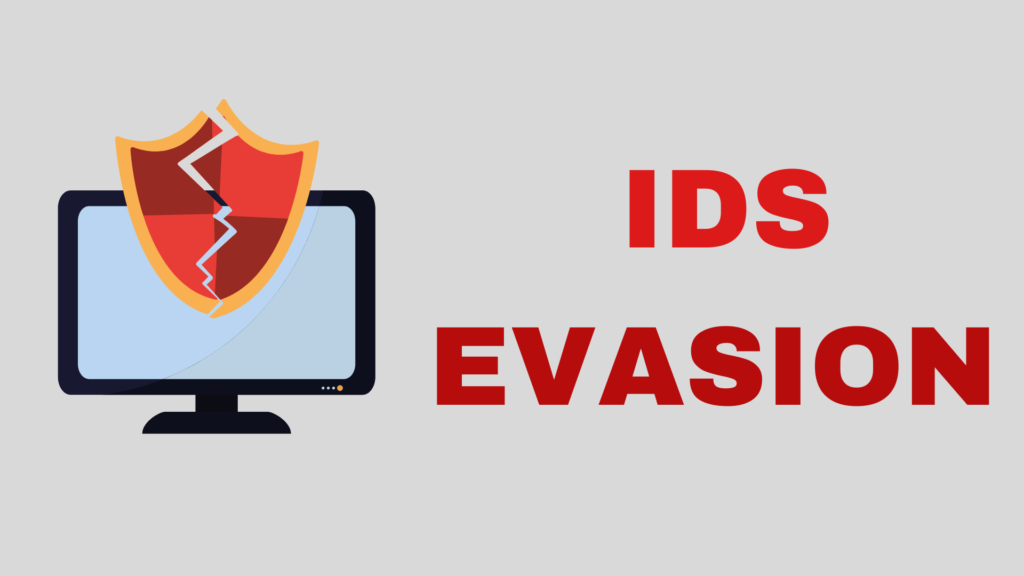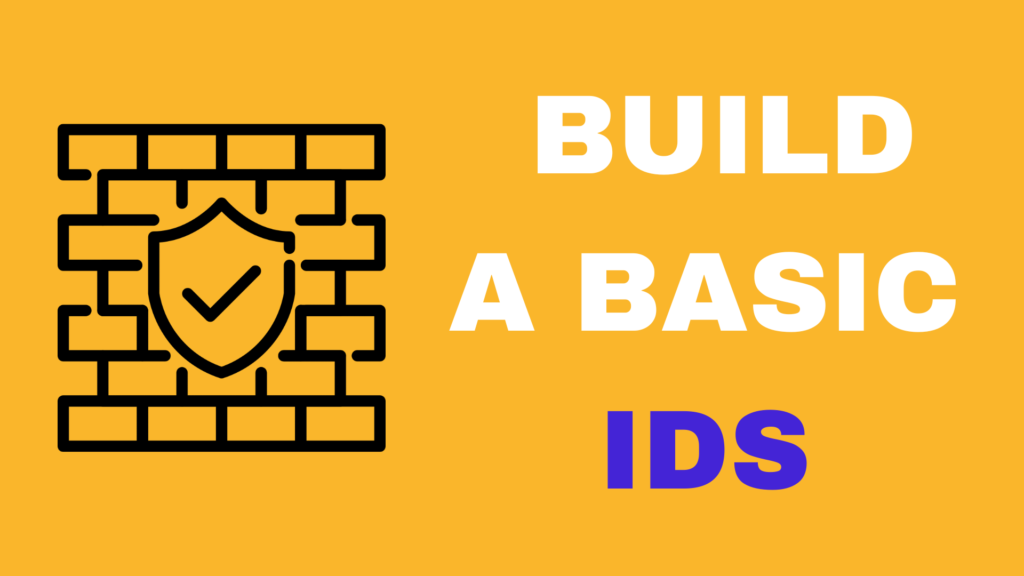Introduction
Penetration testing, also known as ethical hacking, is a process of simulating cyber attacks on a computer system, network, or web application to test its defenses and identify vulnerabilities. It helps organizations protect their systems and data from potential threats by identifying and fixing vulnerabilities before they can be exploited by malicious hackers.
In this article, we will discuss the steps you need to take to get started with penetration testing, including the necessary skills and tools, as well as the ethical and legal considerations you need to keep in mind.
Step 1: Learn the Basics of Cybersecurity
Before you start penetration testing, it is essential to have a solid understanding of cybersecurity principles and technologies. This will help you understand how different systems work and how they can be compromised. Some of the key areas you should familiarize yourself with include:
- Networking: Understanding how networks operate and how different devices communicate with each other is crucial for penetration testing. You should have a good understanding of protocols such as TCP/IP, HTTP, and DNS, as well as network topologies and security protocols such as VPNs and firewalls.
- Operating Systems: Familiarizing yourself with different operating systems is essential for penetration testing, as you will need to know how to exploit vulnerabilities in different OSes. You should have a good understanding of how different OSes work, how they store and manage data, and how to use common tools such as command-line interfaces and system utilities.
- Web Technologies: If you want to focus on web application testing, it is essential to have a good understanding of web technologies such as HTML, CSS, and JavaScript. You should also familiarize yourself with web servers and database technologies such as MySQL and MongoDB.
- Cryptography: Understanding cryptography is essential for penetration testing, as it is used to secure communication and data storage. You should have a good understanding of different encryption algorithms and how they work, as well as how to use tools such as SSL certificates and digital signatures.
Step 2: Build Your Skills and Knowledge
Once you have a good understanding of the basics of cybersecurity, you should start building your skills and knowledge in specific areas of penetration testing. Some of the key areas you should focus on include:
- Vulnerability Assessment: A vulnerability assessment is a process of identifying and categorizing vulnerabilities in a system or network. You should have a good understanding of how to use tools such as scanners and vulnerability databases to identify vulnerabilities, as well as how to prioritize and mitigate them.
- Exploitation: Once you have identified vulnerabilities in a system, you need to know how to exploit them to gain access or escalate privileges. This requires a good understanding of different types of attacks, such as buffer overflows and SQL injection, as well as how to use tools such as Metasploit and Burp Suite.
- Post-Exploitation: After you have gained access to a system, you need to know how to maintain access, escalate privileges, and exfiltrate data. This requires a good understanding of post-exploitation techniques, such as lateral movement and data exfiltration, as well as how to use tools such as Mimikatz and Cobalt Strike.
- Report Writing: Once you have completed a penetration test, you need to document your findings and present them to the client. You should have good report writing skills, including the ability to present your findings in a clear and concise manner, as well as how to use tools such as Microsoft Word and Excel to create professional-looking reports.
Step 3: Choose Your Focus
Penetration testing can cover a wide range of areas, from network infrastructure and web applications to mobile devices and IoT devices. It is important to choose an area that you are interested in and have the necessary skills and knowledge to focus on. Some of the key areas you might consider include:
- Network Infrastructure: This involves testing the security of an organization’s network infrastructure, including routers, switches, and firewalls. You will need a good understanding of networking principles and protocols, as well as how to use tools such as port scanners and packet sniffers.
- Web Applications: This involves testing the security of an organization’s web-based applications, including web servers, databases, and web-based interfaces. You will need a good understanding of web technologies and how to use tools such as web vulnerability scanners and web application firewalls.
- Mobile Devices: This involves testing the security of mobile devices, such as smartphones and tablets. You will need a good understanding of mobile operating systems and how to use tools such as mobile device emulators and mobile penetration testing frameworks.
- IoT Devices: This involves testing the security of Internet of Things (IoT) devices, such as smart thermostats and security cameras. You will need a good understanding of IoT protocols and how to use tools such as IoT vulnerability scanners and IoT penetration testing frameworks.
Step 4: Choose Your Tools
There are a wide range of tools available for penetration testing, ranging from commercial software to open-source tools. It is important to choose the right tools for your specific needs and have a good understanding of how to use them effectively. Some of the key tools you might consider include:
- Scanning Tools: These tools are used to identify vulnerabilities in systems and networks. Some examples include Nessus, Nexpose, and OpenVAS.
- Exploitation Tools: These tools are used to exploit vulnerabilities in systems and networks. Some examples include Metasploit, Burp Suite, and Cobalt Strike.
- Post-Exploitation Tools: These tools are used to maintain access and escalate privileges in compromised systems. Some examples include Mimikatz, PowerShell Empire, and Bloodhound.
- Report Writing Tools: These tools are used to create professional-looking reports. Some examples include Microsoft Word, Excel, and Powerpoint.
Step 5: Understand the Legal and Ethical Considerations
Penetration testing can be a highly regulated area, with specific laws and guidelines governing the way that tests are conducted. It is important to understand the legal and ethical considerations involved in penetration testing to ensure that you do not break any laws or violate any ethical guidelines. Some of the key considerations to keep in mind include:
- Obtaining Permission: It is essential to obtain permission from the owner or operator of the system or network you are testing before conducting any tests. This can be in the form of a written agreement or contract.
- Protecting Confidential Data: During a penetration test, you may come across sensitive or confidential data. It is essential to protect this data and ensure that it is not disclosed to any unauthorized parties.
- Respecting Privacy: It is important to respect the privacy of individuals during a penetration test and not access any personal data without a legitimate reason.
- Complying with Regulations: There may be specific laws and regulations governing the way that penetration tests are conducted in your country or state. It is essential to ensure that you comply with these regulations to avoid any legal repercussions.
Step 6: Join a Community
One of the best ways to learn about penetration testing and stay up to date with the latest techniques and tools is to join a community of like-minded individuals. There are numerous online forums, meetups, and conferences dedicated to penetration testing, where you can connect with other professionals, share knowledge, and learn from experts. Some examples of communities you might consider joining include:
- The Association of Computing Machinery (ACM): This is a professional society for computer scientists and engineers, with a special interest group (SIG) dedicated to cybersecurity.
- The Open Web Application Security Project (OWASP): This is a non-profit organization dedicated to improving the security of web applications. They have a number of chapters around the world, as well as an online forum and annual conference.
- The SANS Institute: This is a professional development and training organization, with a focus on cybersecurity. They have a number of courses and certification programs in penetration testing, as well as an online forum and annual conference.
Step 7: Get Certified
Obtaining a certification in penetration testing can be a valuable way to demonstrate your knowledge and skills to potential employers or clients. There are a number of certification programs available, ranging from entry-level certifications to more advanced certifications. Some examples of certification programs you might consider include:
- Certified Ethical Hacker (CEH): This is a widely recognized certification offered by the International Council of Electronic Commerce Consultants (EC-Council). It covers a range of topics in ethical hacking, including reconnaissance, scanning, and exploitation.
- Offensive Security Certified Professional (OSCP): This is a hands-on certification offered by Offensive Security. It involves completing a real-world penetration test and writing a report, as well as passing an exam.
- GIAC Certified Penetration Tester (GPEN): This is a certification offered by the Global Information Assurance Certification (GIAC). It covers a range of topics in penetration testing, including reconnaissance, scanning, exploitation, and report writing.
Step 8: Practice, Practice, Practice
The best way to improve your skills and knowledge in penetration testing is to practice, practice, practice. This can involve setting up your own lab environment and testing different systems and scenarios, or participating in online challenges and Capture the Flag (CTF) events. It is also a good idea to stay up to date with the latest techniques and tools by reading industry blogs and publications, and attending training courses and conferences.
Conclusion
In conclusion, getting started with penetration testing requires a combination of knowledge, skills, and tools. It is also important to understand the legal and ethical considerations involved, and to join a community and get certified to demonstrate your expertise. With the right approach, you can become a successful penetration tester and help organizations protect their systems and data from potential threats.


